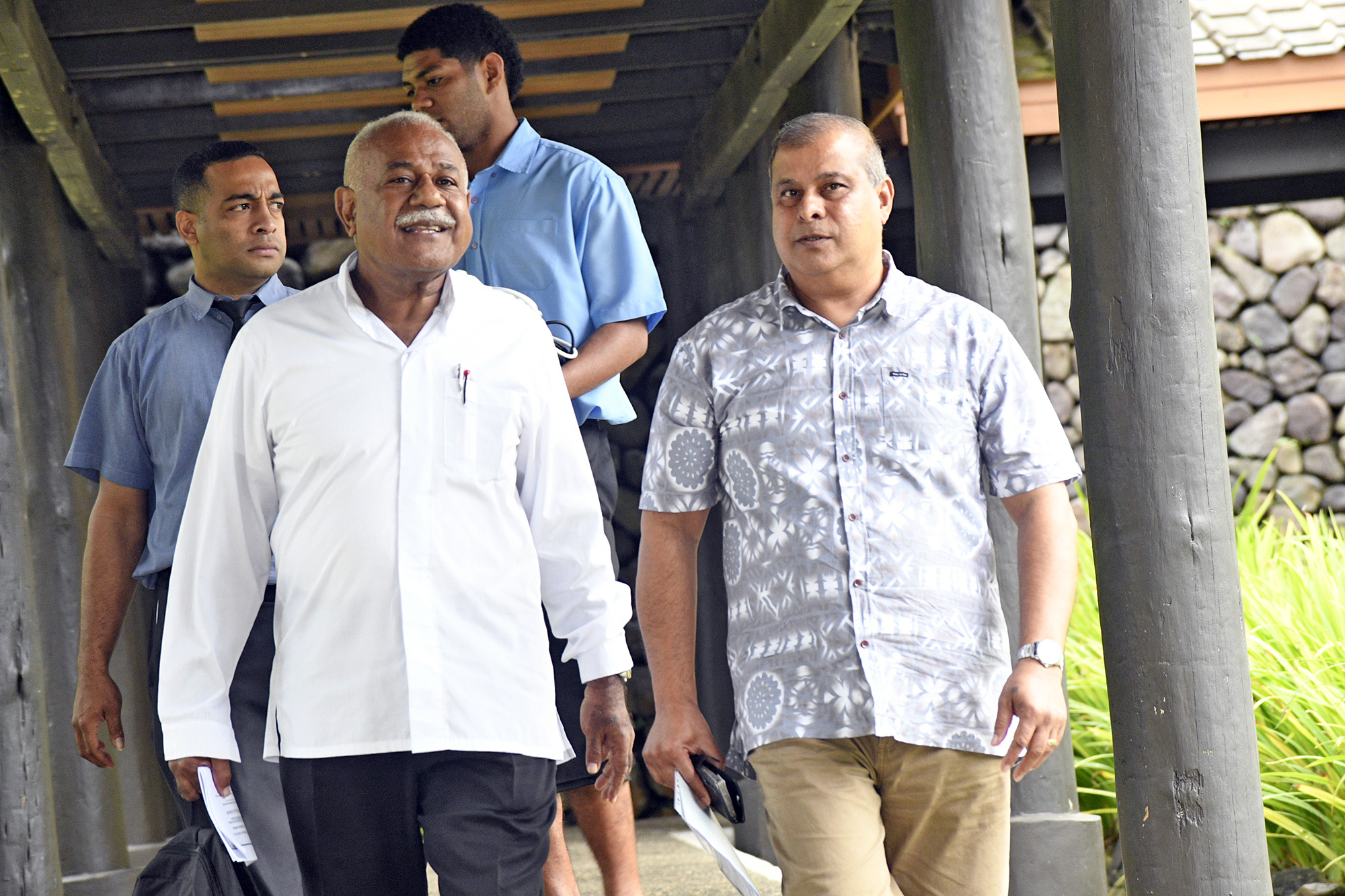THE State has been directed to prepare a detailed chronological history of Fiji’s constitutions.
Chief Justice Salesi Temo issued the instruction yesterday after the Supreme Court confirmed nine interveners who would deliver their legal submissions in August, including Solicitor-General Ropate Green representing the State.
Justice Temo asked if the report could have specific focus on public consultation and democratic participation throughout each constitutional process.
“We need you to write a fixed chronology of that,” Chief Justice Temo told Mr Green.
“For example, before the 1970 constitution, the leaders of the major political parties in Britain went to London to consult with the British on what would be appropriate to put into the constitution.”
Justice Temo said democracy rested on the will of the people and that the legitimacy of each constitutional document should be assessed in terms of public consultation.
He outlined key moments in Fiji’s constitutional history that should be addressed in the State’s submission, including:
• 1970 constitution developed after political leaders engaged in consultations with the British Government.
• 1990 constitution – drafted after the 1987 coups. Justice Temo questioned whether the people were adequately consulted, saying “There’s only two answers to that – yes or no.”
• 1997 constitution – introduced following nationwide consultations by the Reeves Commission, which the Chief Justice noted “encouraged participation by the people”.
• 2013 Constitution – developed after the 2006 coup. Justice Temo acknowledged consultations conducted by the Yash Ghai-led Constitutional Commission but stressed the need to determine whether they reflected the people’s will.
He also referenced legal concerns within the current constitution.
“There is something in Section 3 that collides. If they collide, it opens it up to multiple interpretations.”
The Chief Justice said the information was critical to the court’s deliberations.
“We need to know who was consulted and whether the will of the people determined this current constitution.”



